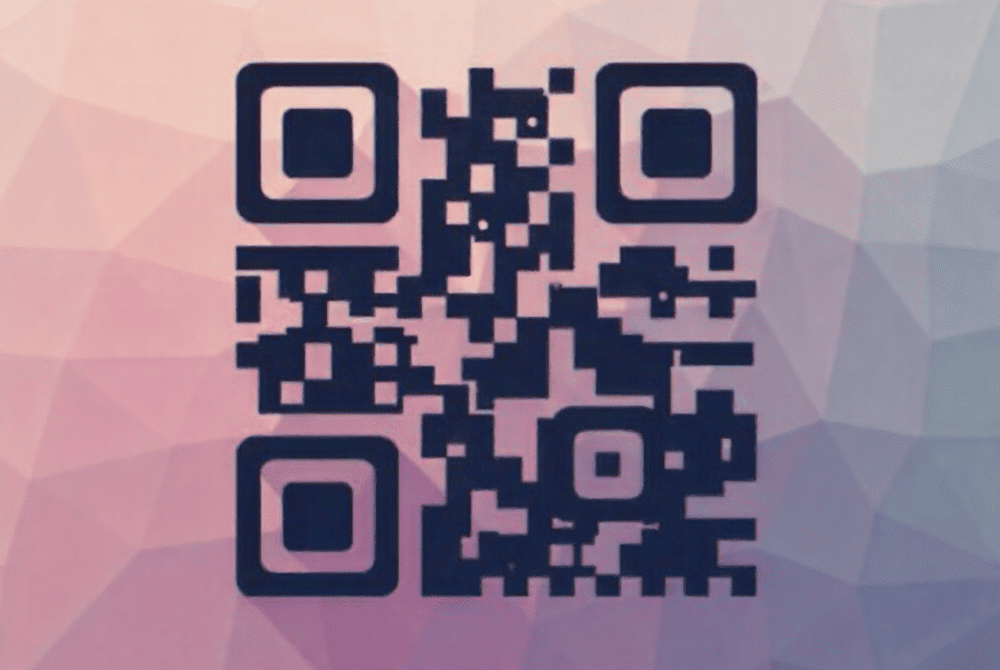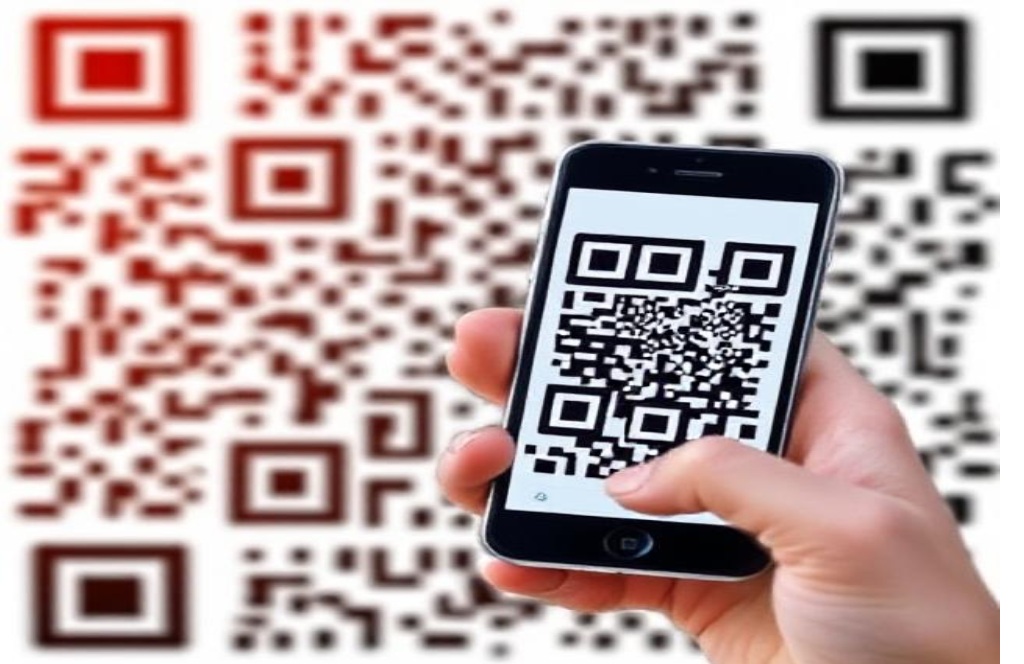In the past two decades, the way individuals and businesses exchange information has undergone a massive transformation. Digital payments, online authentication, and data-driven customer engagement have redefined convenience. At the center of this transformation is a deceptively simple but highly powerful technology: the Quick Response (QR) code.
Originally invented for industrial use, QR codes are now part of everyday life. A consumer may scan a QR code to pay for groceries, download an application, board a train, or log into an online service. In countries such as India, where the Unified Payments Interface (UPI QR CODE) has become a benchmark for real-time, low-cost financial transactions, QR codes have played a pivotal role in driving digital adoption even among small businesses and individual street vendors.
What makes QR codes remarkable is their ability to compress a large amount of information into a compact, machine-readable two-dimensional matrix. At first glance, they may look like random arrangements of black and white squares. However, beneath this visual simplicity lies a sophisticated framework built on encoding algorithms, error correction techniques, and grid-structuring rules that ensure reliability even in challenging real-world scenarios.
History and Evolution of QR Codes
The concept of encoding information in a machine-readable format is not new. Before QR codes, barcodes dominated industrial and retail environments for decades. A barcode encodes numerical data in a linear pattern of vertical lines of varying thicknesses. While effective for simple product identification, traditional barcodes had significant limitations. They could only store a relatively small amount of information typically no more than 20–25 characters and required a precise scanning angle. For industries such as manufacturing and automotive, where efficiency, traceability, and high-speed scanning were essential, barcodes were quickly reaching the limits of their capabilities.
This limitation led to the invention of the Quick Response (QR) code in 1994 by Denso Wave, a subsidiary of Toyota. The Japanese automotive industry at that time was looking for a solution that would allow rapid and accurate tracking of vehicle parts through complex assembly lines. Engineers at Denso Wave designed the QR code with two primary objectives in mind: the ability to store significantly more data than a standard barcode, and the ability to be scanned from multiple angles with high reliability and speed.
The innovation was revolutionary. Unlike linear barcodes, a QR code is a two-dimensional matrix consisting of black and white squares arranged within a square grid. This structure allowed it to store hundreds of times more data than a barcode, with a single QR code capable of encoding thousands of alphanumeric characters, binary data, or even Kanji characters. Furthermore, the presence of position detection patterns in three corners of the QR code ensured omnidirectional readability, enabling scanners and cameras to instantly recognize orientation and decode information regardless of angle.
The initial adoption of QR codes was industry-specific. They were used extensively in automotive and manufacturing for part tracking and logistics optimization. However, the design of the QR code released as an open standard by Denso Wave made it freely available to developers worldwide. Unlike proprietary technologies, the QR code did not require licensing fees. This open availability accelerated its global adoption, paving the way for widespread applications beyond industrial settings.
By the early 2000s, QR codes began appearing in advertising and marketing campaigns in Japan, where consumers could scan a code to instantly access product information or promotional offers on their mobile phones. The expansion coincided with the rise of mobile devices equipped with cameras, which eliminated the need for specialized barcode scanners. QR codes quickly became a bridge between the physical and digital worlds, allowing businesses to connect print media, billboards, and packaging with interactive online experiences.
The most significant transformation in the history of QR codes, however, came with the rise of digital payments. In markets like China and India, QR codes were adopted as the backbone of mobile payment ecosystems. The simplicity of generating and scanning a code made them ideal for merchants of all sizes, from multinational retailers to small street vendors. In India, the Unified Payments Interface (UPI) integrated QR codes as a core component, enabling millions of users to transfer money instantly by scanning a merchant’s code. This not only democratized access to digital transactions but also fueled financial inclusion on an unprecedented scale.
Today, QR codes are used in countless domains: healthcare for patient tracking, logistics for shipment verification, education for digital learning access, and travel for ticket validation. Their evolution continues, with newer formats such as dynamic QR codes, encrypted QR systems, and QR codes integrated into NFC-enabled smart cards. What began as a manufacturing solution has now become a universal technology standard supporting industries, governments, and consumers worldwide.
Technical Anatomy of a QR Code
A QR code may look like nothing more than a jumble of black and white squares, but under the surface lies a carefully engineered data structure. Every dot, line, and blank space serves a functional purpose, ensuring that the encoded data can be read with speed, accuracy, and resilience even when part of the code is smudged, torn, or obscured. To understand why QR codes are such a powerful information medium, it is essential to analyze their grid structure, components, and data encoding mechanisms in detail.
The QR Code Grid Structure
At its core, a QR code is a two-dimensional matrix of black and white modules. Each module represents a binary bit: a black square is interpreted as a “1,” while a white square is a “0.” These modules are organized in a square grid whose size depends on the QR code version.
- Version 1 QR Code has a grid of 21 × 21 modules.
- Each subsequent version increases the size by 4 modules per side.
- Version 40, the largest standardized QR code, has a 177 × 177 module grid.
Thus, QR codes can scale in complexity depending on the amount of data they need to store. A small version suffices for a UPI payment string, while a larger version can encode full documents, URLs, or encrypted payloads.
Functional Zones of a QR Code
Although the grid appears random, it is divided into zones, each with a distinct function.
a) Finder Patterns
The three large square patterns located at the top-left, top-right, and bottom-left corners are called finder patterns. They consist of a 7×7 module square, with alternating black and white layers and a solid black square at the center. Their purpose is to allow scanning devices to:
- Identify the presence of a QR code.
- Determine orientation (rotation and skew).
- Enable omnidirectional scanning QR codes can be read from any angle.
b) Alignment Patterns
As QR codes increase in size (Version 2 and above), alignment patterns are added to ensure that distortion or warping during scanning does not corrupt the data. These patterns are smaller 5×5 squares distributed across the grid, usually cantered within the data area. They help correct lens distortion, perspective skew, and improper printing.
c) Timing Patterns
Between the finder patterns, QR codes include alternating black and white lines called timing patterns. These run horizontally and vertically, allowing the scanner to determine the module size and the exact coordinate system of the grid. Without timing patterns, accurate alignment of data modules would be difficult.
d) Quiet Zone
Around the entire QR code is a margin of empty white space, known as the quiet zone. This is not decorative but essential: it isolates the QR code from surrounding text, graphics, or other codes, providing a buffer that allows scanners to distinguish the code boundaries.
e) Format Information and Version Information
- Format information stores error correction level (L, M, Q, or H) and mask pattern used.
- Version information is added for QR codes Version 7 and above, containing details about the version number.
f) Data and Error Correction Modules
The remaining grid space encodes the actual payload (e.g., a UPI string) along with redundancy for error correction. These bits are carefully arranged according to a zig-zag scanning pattern across the grid, alternating directions column by column.
Encoding Modes
QR codes can encode different types of information, and the mode indicator at the beginning of the data specifies how the payload should be interpreted. Common modes include:
- Numeric mode: Only digits 0–9. Highly efficient (10 bits per 3 digits).
- Alphanumeric mode: Digits, uppercase letters, and a few symbols.
- Byte mode: Binary data, often encoded in UTF-8.
- Kanji mode: Optimized for double-byte Japanese characters.
This flexibility makes QR codes a global standard, capable of encoding languages, binary files, or encrypted information.
Masking Patterns
One of the challenges with QR codes is that certain patterns of black and white squares can cause scanning difficulties. For example, large blank regions or repeating stripes may confuse the scanner. To counter this, the encoding process applies a mask pattern a logical XOR operation that flips certain modules according to a predefined formula.
There are eight possible mask patterns. The one chosen is the one that produces the most balanced distribution of black and white modules. This step improves readability under real-world lighting, printing, and camera conditions.
Error Correction with Reed Solomon Codes
A key advantage of QR codes over barcodes is their ability to recover from damage or partial loss of data. This is achieved through Reed Solomon error correction, a powerful algorithm from coding theory.
- QR codes can operate at four error correction levels:
- L (Low): 7% error recovery
- M (Medium): 15% error recovery
- Q (Quartile): 25% error recovery
- H (High): 30% error recovery
The mechanism works by adding redundant parity data to the payload. If part of the QR code is missing, blurred, or dirty, the scanner can use these parity blocks to reconstruct the original message. This is why a QR code can still scan even if up to a third of its area is physically destroyed.
The Reed Solomon algorithm treats data as mathematical polynomials over finite fields. By calculating additional parity symbols, the system ensures that even if a portion of the polynomial (encoded data) is lost, the original function can still be reconstructed. This mathematical resilience is what allows QR codes to function in harsh real-world conditions, from faded printouts to scratched screens.
Data Placement Algorithm
The process of placing data and error correction bits into the grid follows a strict algorithm.
- Data is first converted into binary according to the chosen encoding mode.
- Error correction codewords are appended using Reed-Solomon encoding.
- The bits are interleaved for redundancy.
- The interleaved bits are placed into the QR code matrix in a zig-zag pattern starting from the bottom-right corner and moving leftwards.
- Reserved areas (finder patterns, timing patterns, format information) are skipped.
- Masking is applied to optimize the visual structure.
This placement ensures maximum resilience and efficient use of space, even for the densest QR codes.
Scalability and Versions
QR codes are standardized up to 40 versions, each larger and capable of holding more data. For example:
- Version 1 (21×21) can hold 25 alphanumeric characters.
- Version 10 (57×57) can hold over 170 characters.
- Version 40 (177×177) can hold up to 4296 alphanumeric characters or 7089 digits.
This scalability allows QR codes to be applied across vastly different use cases—from encoding a short UPI payment string to embedding complex IoT device configurations.




